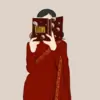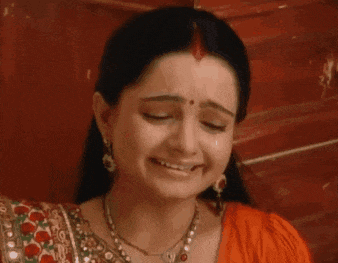
Halloween, a holiday loved by both young and old, arrives at that time of year when the leaves are changing color and the cold arrives, bringing with it the season's typical homemade dishes featuring apples and pumpkins. Depending on where you are in the world, Halloween is known as Allhalloween, All Hallows' Eve, or All Saints' Eve.
Halloween is connected to the Celtic festival of Samhain, a celebration marking the end of summer. The Celts, like many other ancient peoples, measured time according to the seasons and harvest cycles, and Samhain marked the transition from the end of summer to the beginning of winter and the time for the last harvest before the arrival of the cold season. For this reason, Samhain was the most important holiday for the Celts and was considered on a par with our New Year.
Tradition held that on the night of Samhain, the veil separating the world of the dead from that of the living became so thin that it could be "passed through": the dead could return to the world of the living and come into contact with them. The festival of Samhain was therefore also a time to celebrate and honor deceased loved ones.
Then, in the 19th century, the festival of Samhain was imported to America due to the constant migration of the Irish to the present-day United States, eventually becoming the Halloween we celebrate today.

Jack-o'-lantern, the carved pumpkin is perhaps the main symbol of Halloween and it’s used to decorate homes. This custom also has its roots in an ancient Irish legend: that of Jack-o'-lantern. According to the story, Jack was an Irish blacksmith who managed to trick the devil several times, but ultimately paid a very high price: rejected by both heaven and hell, Jack was forced to wander the world of the living as a ghost for eternity. It is said that on Halloween night, Jack wanders the streets in search of refuge, and that by hanging a lit pumpkin outside your home, you can indicate to Jack that there is no place for him there.
Besides the pumpkin, another symbol of Halloween is bats: during the festival of Samhain, the Celts built bonfires to attract insects and, consequently, bats. However, it was the medieval superstitions connecting this nocturnal creature to witches and darkness that secured its place in the Gothic-inspired imagery of modern Halloween, much like the black cat.
Halloween costumes also originate from a custom passed down from the Celts: the night of October 31st was dedicated to sacrifices, and for the three days following the holiday, people wore the skins of dead animals to exorcise and scare away spirits returned to earth from the darkness.

CC wishes you a hauntingly fun and spooktacular Halloween filled with magic, mischief, and just the right touch of fright!
Don’t forget to check below for details about our Halloween writing contest!





































21